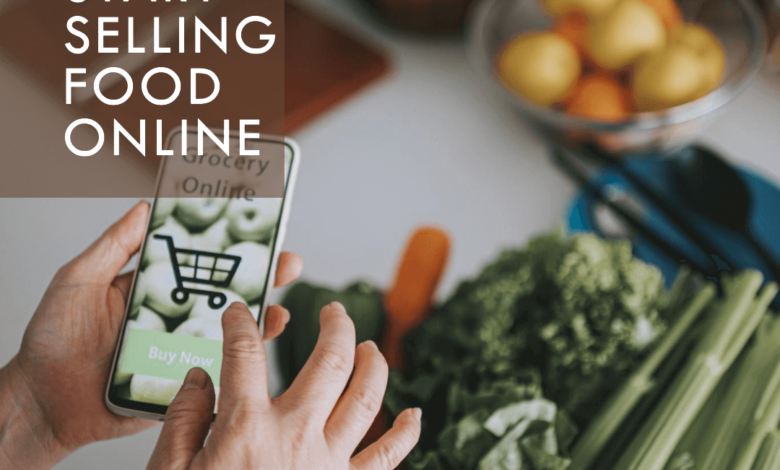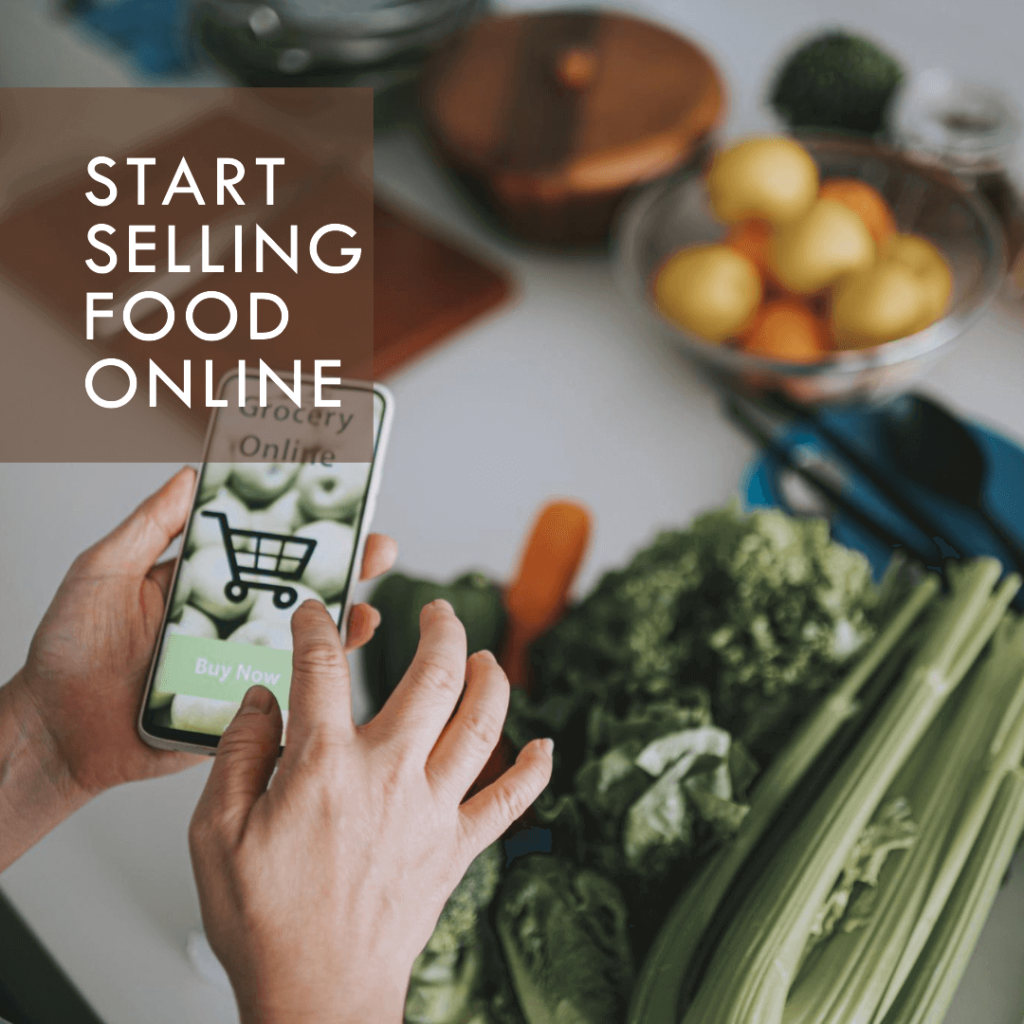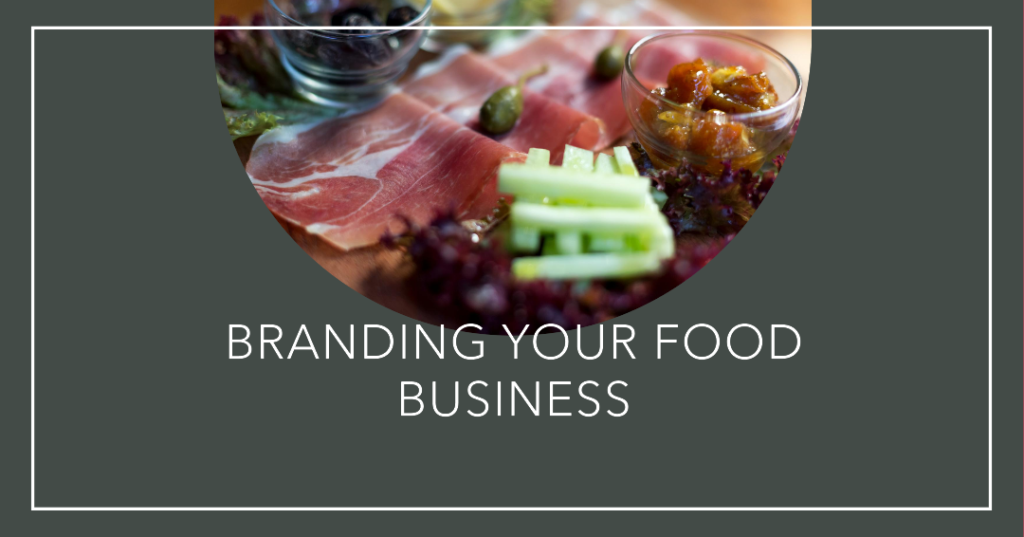
Are you a food enthusiast looking to turn your passion into a profitable online business? You’re in the right place! Selling food online has become a booming industry, offering endless opportunities for creative entrepreneurs. From homemade goodies to gourmet treats, there’s a market for almost every type of food product. But how do you get started? Let’s dive into the step-by-step process of launching your online food business.

Why Sell Food Online?
The internet has revolutionized how we shop, and food is no exception. Selling food online allows you to reach a broader audience, operate with lower overhead costs, and offer customers the convenience of home delivery. Plus, it’s a great way to test new recipes and products with minimal risk.
The Rise of Online Food Businesses
Online food businesses have surged in popularity, driven by the demand for unique, artisanal products and the convenience of digital shopping. Whether it’s through an e-commerce website, social media, or food delivery apps, there are multiple avenues to explore.
Understanding the Market
Research Your Niche
Before you start, it’s crucial to identify a niche that excites you and has market potential. Are you passionate about vegan baking, gourmet popcorn, or organic meal kits? Narrowing down your niche will help you stand out in a crowded market.
Analyzing Competitors
Look at what similar businesses are doing. What products are they offering? How are they pricing them? What marketing strategies are they using? Learning from competitors can provide valuable insights and help you find gaps in the market.
Identifying Your Target Audience
Understanding your target audience is key to success. Are you catering to busy professionals, health-conscious families, or adventurous foodies? Knowing your audience will guide your product development, branding, and marketing strategies.
Planning Your Online Food Business
Creating a Business Plan
A solid business plan is your roadmap to success. Outline your business goals, target market, product offerings, pricing strategy, and marketing plan. This document will guide your decisions and attract potential investors.
Setting Your Goals and Objectives
Define clear, achievable goals. Whether it’s selling a certain number of products each month or gaining a specific number of social media followers, having measurable objectives will keep you motivated and focused.
Legal and Safety Considerations
Obtaining Necessary Permits and Licenses
Food businesses are subject to strict regulations to ensure safety and quality. Check local, state, and federal requirements for permits and licenses. This might include food handler permits, health department inspections, and business licenses.
Understanding Food Safety Regulations
Food safety is paramount. Familiarize yourself with regulations regarding food preparation, storage, packaging, and labeling. This will not only keep your customers safe but also protect your business from legal issues.
Developing Your Food Product
Recipe Development and Testing
Create and refine your recipes. Test them extensively to ensure consistency and quality. Gather feedback from friends, family, and potential customers to make necessary adjustments.
Sourcing Ingredients and Packaging
Quality ingredients are the backbone of any food product. Find reliable suppliers for your ingredients and packaging materials. Consider eco-friendly options like custom kraft boxes to appeal to environmentally conscious consumers.
Importance of Custom Popcorn Boxes and Custom Kraft Boxes
Custom packaging, such as custom printed popcorn boxes, can enhance your brand’s appeal. It not only protects your product but also serves as a marketing tool. Eye-catching, branded packaging can make your product stand out and create a memorable unboxing experience.
Branding Your Food Business

Creating a Memorable Brand Name
Your brand name should reflect your product and appeal to your target audience. It should be easy to pronounce, spell, and remember.
Designing Your Logo and Packaging
A professional logo and attractive packaging are crucial. They should convey your brand’s identity and values. Invest in good design to make a strong first impression.
Building an Engaging Brand Story
People love stories. Share the journey behind your business, the inspiration for your products, and the passion that drives you. An engaging brand story can build a loyal customer base.
Setting Up Your Online Presence
Choosing the Right E-commerce Platform
Select a user-friendly e-commerce platform that suits your needs. Popular options include Shopify, WooCommerce, and BigCommerce. These platforms offer various features to help you manage your online store efficiently.
Designing a User-Friendly Website
Your website is your online storefront. Ensure it’s easy to navigate, mobile-friendly, and visually appealing. Include high-quality images, detailed product descriptions, and an intuitive checkout process.
Implementing an Online Food Order Form
An online order form simplifies the buying process. It should be straightforward, allowing customers to place orders quickly and securely. Include options for customization and special requests.
Marketing Your Food Product
Utilizing Social Media
Social media is a powerful tool for reaching potential customers. Use platforms like Instagram, Facebook, and Pinterest to showcase your products, share behind-the-scenes content, and engage with your audience.
Leveraging Influencer Marketing
Collaborate with influencers who align with your brand. Their endorsements can introduce your products to a wider audience and boost credibility.
Email Marketing Strategies
Build an email list and send regular newsletters to keep your customers informed about new products, special offers, and upcoming events. Personalized emails can drive repeat business.
Search Engine Optimization (SEO) for Food Businesses
Keyword Research
Identify keywords related to your products and niche. Use tools like Google Keyword Planner to find terms your target audience is searching for.
On-Page SEO Techniques
Optimize your website’s content, meta descriptions, and tags with relevant keywords. Ensure your site loads quickly and is mobile-friendly.
Off-Page SEO Strategies
Build backlinks from reputable websites, participate in online forums, and get listed in online directories. These actions can improve your site’s authority and ranking.
Creating Engaging Content
Blogging and Recipe Sharing
A blog can drive traffic to your website. Share recipes, cooking tips, and stories related to your products. This positions you as an expert in your niche.
Video Content and Tutorials
Create videos showcasing your products, how-to tutorials, and behind-the-scenes glimpses. Videos are highly engaging and can be shared across multiple platforms.
User-Generated Content
Encourage customers to share photos and reviews of your products on social media. Feature this content on your website to build trust and community.
Promoting Your Food Business
Paid Advertising
Invest in paid ads on Google, social media, and food blogs. Target your ads to reach your ideal customers and track their performance.
Partnerships and Collaborations
Partner with other brands, food bloggers, and local businesses. Collaborations can expand your reach and introduce your products to new audiences.
Attending Food Fairs and Events
Participate in local food fairs, farmers’ markets, and events. These provide opportunities to meet customers face-to-face, get feedback, and build brand awareness.
Managing Orders and Fulfillment
Setting Up a Reliable Order Management System
An efficient order management system ensures smooth operations. Use software to track orders, manage inventory, and handle customer inquiries.
Packaging and Shipping Best Practices
Invest in quality packaging to protect your products during shipping. Offer various shipping options and communicate clearly with customers about delivery times.
Handling Returns and Customer Service
Provide excellent customer service. Have a clear return policy and handle customer complaints promptly and professionally.
Analyzing Performance and Scaling Up
Tracking Key Performance Indicators (KPIs)
Monitor KPIs like sales, website traffic, and customer feedback. Use this data to identify areas for improvement and make informed decisions.
Making Data-Driven Decisions
Analyze your data regularly to understand what’s working and what’s not. Adjust your strategies based on these insights to optimize your business.
Expanding Your Product Line
Once established, consider expanding your product line. Introduce new flavors, seasonal items, or complementary products to keep customers engaged.
Conclusion
Starting an online food business is an exciting journey filled with opportunities and challenges. With the right planning, marketing, and dedication, you can turn your culinary passion into a successful venture. Remember, the key is to start small, stay flexible, and continuously learn and adapt. So, what are you waiting for? Start your online food business today and share your delicious creations with the world!
FAQs
What are the best platforms for selling food online?
Popular e-commerce platforms for selling food online include Shopify, WooCommerce, and BigCommerce. These platforms offer a range of features to help you manage your online store effectively.
How do I ensure my food products are safe for consumption?
Ensure your food products are safe by following all local, state, and federal food safety regulations. Obtain necessary permits, maintain high hygiene standards, and regularly test your products.
What is the importance of custom packaging for food businesses?
Custom packaging, like custom popcorn boxes and custom kraft boxes wholesale, enhances your brand’s appeal and protects your products. It also serves as a marketing tool, creating a memorable unboxing experience for customers.
How can I effectively use social media to promote my food business?
Use social media to showcase your products, share engaging content, interact with customers, and collaborate with influencers. Consistent posting and authentic interactions can build a loyal following.

